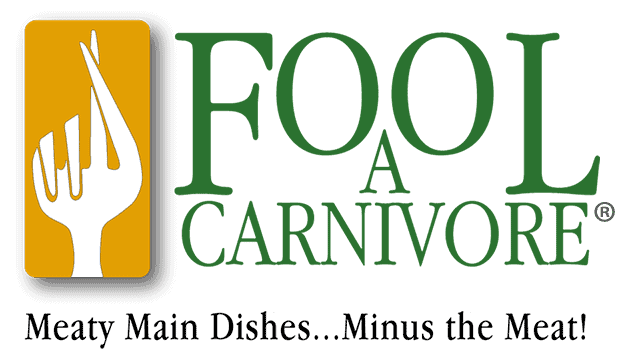
Last week in Orlando, I had my very first opportunity to try The Impossible Burger.
My verdict? The Impossible Burger tastes too much like meat for me. (Hence the confused look of abject horror on my face!)
The Impossible Burger and Beyond Meat’s Beyond Burger are actually getting quite a lot of national attention. My hubby and I have been eating and loving Beyond Burgers since they first came out, but because The Impossible Burger is not yet available in the Carolinas, this was my very first chance to try one.
There are a lot of YouTube videos doing taste tests of the two top-selling plant-based burgers (here’s one of the better ones), but I think it’s more important to know their ingredients.
First things first. Yes, both burgers “bleed” – which is actually kind of creepy to me. The difference is that the Beyond Burger uses beet juice extract and the Impossible Burger uses heme (soy leghemoglobin). Heme is a genetically engineered ingredient from soy, whereas beets are a vegetable I know and love from the real world and not a lab. IMHO, score one for the Beyond Burger.
So how does a four-ounce burger of each stack up from a nutritional standpoint against that burger your carnivores are eating?*
| Impossible Burger | Beyond Burger | Beef Burger | |
| Calories | 240 | 250 | 287 |
| Protein | 19g | 20g | 19g |
| Protein Sources | Soy and Potato | Pea, Rice, Mung Beans | Cows |
| Total Fat | 14g | 18g | 23g |
| Saturated Fat | 8g | 6g | 8.6g |
| Trans Fat | 0g | 0g | 1.3g |
| Cholesterol | 0mg | 0mg | 80mg |
| Sodium | 390mg | 370mg | 75mg |
| Carbs | 9g | 9g | 0g |
| Fiber | 3g | 3g | 0g |
| Total sugars | <1g | <1g | 0g |
| Potassium | 610mg | 300mg | 305mg |
*The info in my chart came from the websites of Impossible Foods, Beyond Meat, and the USDA.
Pretty darn similar in terms of calories and protein, except that the burgers your carnivores are munching are higher in fat (including trans fat) and cholesterol, and lower in fiber.
I’m often asked: Why would a vegetarian want to eat something that tastes like meat?
I haven’t knowingly eaten beef in 45 years. (Although recently I had a ghastly shock when I learned that the Szechuan Green Beans I’d begun eating were cooked using beef tallow. Yikes! Why don’t menus say this kind of thing or servers warn you when you tell them you don’t eat meat?)
For me, having a burger that plausibly tastes like meat (which I think both The Impossible Burger and Beyond Burger definitely do), gives me a chance to blend in at a cookout or tailgate party, and not stick out like a sore thumb with my meat-free plate of potato salad, pasta salad, and coleslaw (like I did for many years).
More importantly, I think that these products are a fantastic gateway for open-minded people who want to cut down on their meat consumption, but aren’t ready to completely give up meat.
Often, these are the same folks who care about sustainability and are looking for ways to lighten their family’s carbon footprint. To quote a great article from Fast Company which lauded Beyond Meat as a sustainability trailblazer:
” . . . Beyond Burger generates 90% less greenhouse gas emissions, requires 46% less energy, and has 99% less impact on water scarcity and 93% less impact on land use than a quarter pound of U.S. beef. That means a 41-square-foot plot of land can produce just one beef burger for every 15 Beyond Burgers.
A spokesman for the brand explained that, by this assessment, Americans switching from beef to plant-based patties would be the equivalent of taking 12 million cars off the road for an entire year–or saving enough electricity to power 2.3 million homes.”
So, when Burger King finally goes national with its “Impossible Whopper” later this year, I’m hoping that lots of sustainability minded carnivores will give it a try!

